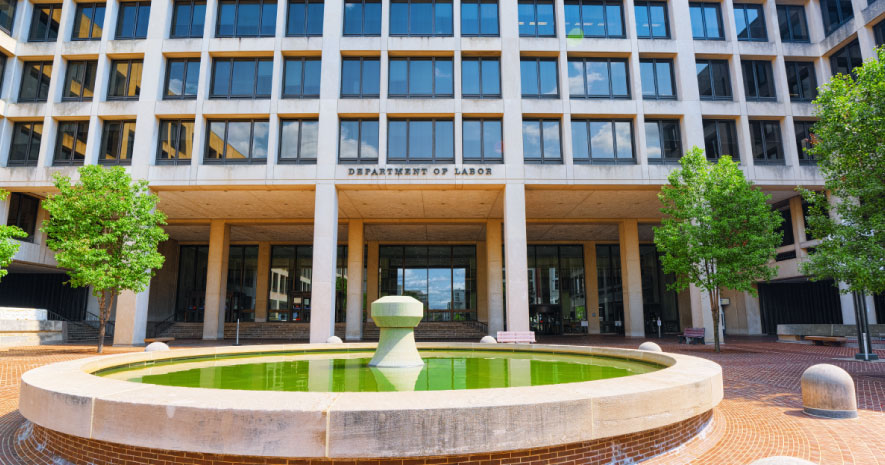The Department of Labor (DOL) recently finalized a rule that makes it easier for plan sponsors to use email and internet websites to deliver certain retirement plan disclosures or other documents to plan participants.
By making it easier for plans to do away with paper delivery, the new rule is expected to save $3.2 billion in printing, mailing, and other costs over the next 10 years, as well as allow participants options for receiving important plan information in their preferred format.
Plan sponsors can’t get away from paper completely at the start, however. Plan sponsors must send an initial paper notice informing participants that documents will be delivered electronically going forward and giving participants the ability to opt out of electronic delivery and receive paper disclosures in the future
Highlights of the Final Rule
The final version of the rule, which was published in May and became effective July 27, had a few changes from the proposed rule, which was issued in October 2019. But the final rule remained firm on allowing participants the option to receive paper communications from their plan sponsors.
Other key elements of the final rule include:
- Options for plan sponsors: The rule gives plan sponsors the option to deliver disclosures electronically—and spells out the safe harbor qualifications for doing so—but plan sponsors can still choose to deliver this information via physical mail. Furthermore, plan sponsors that choose to deliver disclosures electronically have two options for doing so: 1) posting documents to a website and alerting participants via email of the posting; see the next point about notice of internet availability (NOIA); or 2) sending the documents directly to participants via email.
- Posting documents to a website requires a NOIA: Plan sponsors that choose to post documents to a website must issue a notice of internet availability (NOIA) to alert participants that new documents are available online. This notice must describe the documents in concise, understandable language; include a hyperlink or web address to the site where the documents are posted; and inform participants of their right to receive paper copies. To avoid participants being overloaded with notices every time a new document is posted, plan sponsors may use an annual NOIA for certain types of documents.
- Safe harbor doesn't cover all documents or all participants: The safe harbor only covers retirement plan disclosures, not employee welfare plan notices. In addition, plan sponsors can only use the safe harbor for covered participants who have valid email addresses or smartphone numbers.
- Plan sponsors must provide opt-out options: The final rule requires plan sponsors to allow participants the option of opting out of electronic notification altogether (global opt-out) or opting out of just specific types of documents. The final rule gave the example of some participants being comfortable with having certain documents, such as summary plan descriptions, available on a website, but preferring to receive paper versions of their quarterly benefit statements.
- Participants can change their preferences: In addition to giving participants the ability to choose whether to receive documents electronically or via mail, plan sponsors must regularly give participants the opportunity to change their preferences.
- Further participant protections added to the final rule: Documents and notices posted to a website must be available for at least a year, or until an updated version becomes available. In addition, plan sponsors must have system checks for invalid email addresses as well as proper electronic follow-up contact information when employees leave their jobs.
Although the rule didn’t become effective until July 27, plan sponsors were allowed to rely on the rule prior to this date without fear of enforcement. The final rule said this was the DOL’s way to support the federal government’s broader effort to reduce administrative burdens on plan sponsors and service providers as a result of the coronavirus pandemic
Insight: Is Electronic Disclosure Appropriate for Your Plan?
The new rule should make sending and receiving retirement plan documents more convenient for most participants and plan sponsors. But there are some important considerations that plan sponsors need to think through before switching to electronic delivery.
Earlier this year we wrote about cybersecurity issues and best practices related to electronic delivery of retirement plan documents. In addition to this high-priority concern, sponsors may want to review whether specific documents should go online or stay on paper. Lastly, it is important to understand how technologically advanced your workforce is; don’t assume that just because seemingly everyone has a smartphone or a computer that all your employees will prefer to review documents online.





